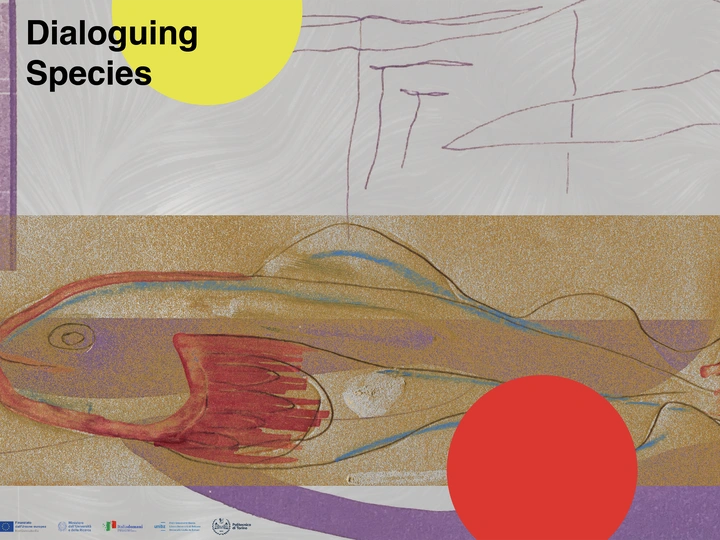Rethinking Rivers: Interspecies Design Ecologies

Alvise Mattozzi
Micol Rispoli
Elisabeth Tauber
Seçil Uğur Yavuz
Lisa Maria Zellner
Elisabeth Tauber is a social anthropologist and associate professor at the Faculty of Design and Arts, Free University of Bozen-Bolzano, Italy. Her research focuses on ethnography with semi-nomadic Romani communities and the social dynamics of European grasslands. She is a co-founder of the Malinowski Forum for Ethnography and Anthropology (MFEA). She is DSooE’s PI.
Seçil Uğur Yavuz is a design researcher working in the blurring boundaries between digital and analog experiences at the Free University of Bozen-Bolzano. Through participatory design and co-design methods, her research focuses on designing relational objects, probes, and technologies fostering social and ecological change.
Lisa Maria Zellner is an artist and researcher. Through a multidisciplinary artistic practice of working and engaging, she stages experiments and research on sociological and natural conditions and topics.
Alvise Mattozzi is Sociologist of science and technology at Politecnico di Torino, Italy. His research focuses on the social role of artifacts, design practices, and the integration of design, architecture, engineering, and the social sciences. He co-founded the Social Design Network. He is the coordinator of Turin’s DSooE unit.
Micol Rispoli is an architect and researcher exploring the intersections of architecture, ethnography, and science and technology studies (STS). She was a postdoctoral researcher at Politecnico di Torino, where she worked on DSooE and an architectural ethnography project for the Biennale Architettura 2025. She has conducted research at Humboldt-Universität zu Berlin and taught at BAU in Barcelona.
Lara Giordana is a research fellow in Anthropology at the Politecnico di Torino. Through ethnographic research, she explores human relationships with nature. Currently, as part of the DSooE project, she is exploring both scientific and local knowledge and practices related to freshwater fish.
This proposal originates within DSooE (Dialoguing Species. Designing Common Worlds through Ethnographies), a research project funded by a PRIN (Progetti di Ricerca di Rilevante Interesse Nazionale) grant from the Italian Ministry of University and Research (MUR). The project involves collaboration between social scientists and designers/artists across two research units (Politecnico di Torino and the Free University of Bozen-Bolzano). It focuses on rivers – ecologically vital and politically contested environments: on the one hand, central to strategies of conservation and restoration; on the other, subject to interventions driven by logics of control, management, and exploitation.
We conducted an ethnographic investigation into the practices of scientists and engineers involved in designing fish passages – technical devices meant to mitigate disruption of river continuity caused by infrastructures such as dams. Our observations revealed how fish are transformed into mechanical bodies, data carriers, and standardized behavioral categories. This simplification reduces their biological, ecological, and behavioral complexity and obscures their entanglement in social and political relations with humans.
From here, a set of questions emerged: how can we know with fish, rather than only about them? How can such knowledge become meaningful within design processes? How can engineers be supported in recognizing the ways other species inhabit riverine environments and in becoming attuned to the multispecies relations that constitute rivers?
To explore these questions, we are experimenting with strategies and tools. One direction is the development of “expanded” technical drawings: design materials that reintegrate nonhuman presences, seasonal cycles, and situated ecological contexts – elements often excluded from standard formats. The goal is to foster more attentive design practices, capable of recognizing rivers as shared spaces co-inhabited by diverse forms of life.